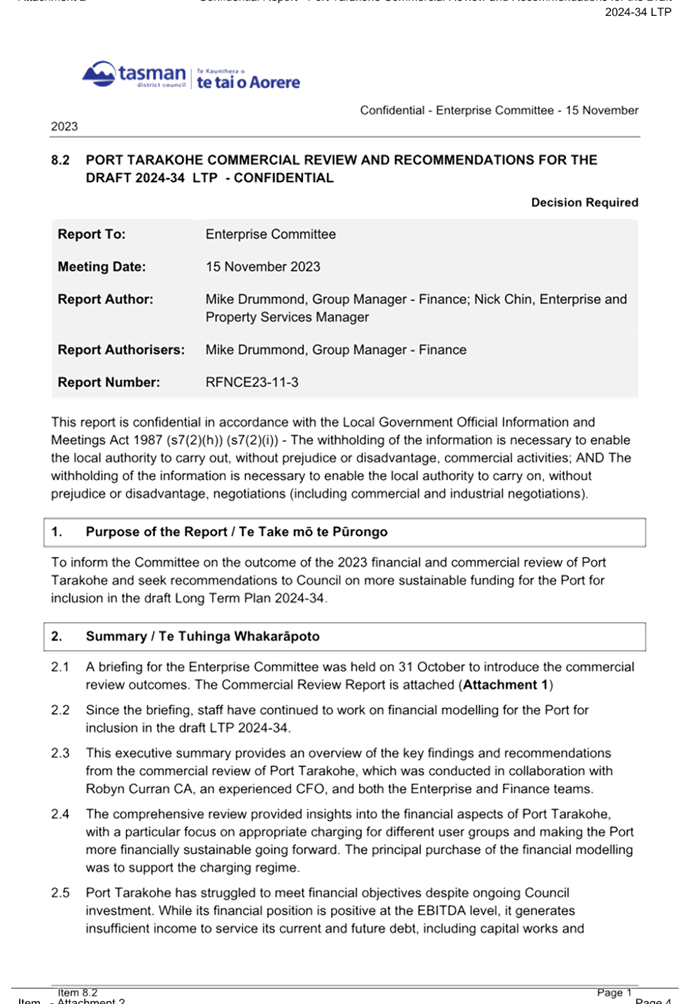Investigation Into Lingering Toxic Chemicals From Ohio Train Derailment In Buildings

Table of Contents
Types of Toxic Chemicals Released and Their Persistence
The derailment released a cocktail of hazardous materials, with vinyl chloride and butyl acrylate being among the most concerning. These chemicals possess properties that allow them to persist in the environment and potentially contaminate buildings. Vinyl chloride, a known carcinogen, is highly volatile, meaning it can easily evaporate and become airborne, leading to long-term indoor air contamination. Butyl acrylate, while less volatile, readily adheres to surfaces, potentially leading to slow release over extended periods.
- Vinyl chloride's potential for long-term indoor air contamination: Its volatility means it can seep into building materials and slowly off-gas, creating a persistent indoor air pollution hazard.
- Butyl acrylate's adhesion to surfaces and potential for slow release: This chemical can bind to porous materials like wood, drywall, and fabrics, releasing gradually over time.
- The role of porous building materials in trapping chemicals: Materials with high porosity, such as older building materials, can act as reservoirs for these chemicals, hindering effective cleanup.
- The impact of weather conditions on chemical dispersion and persistence: Factors like wind direction, temperature, and humidity influence how far the chemicals travel and how long they remain in the environment.
Methods for Detecting Lingering Toxic Chemicals in Buildings
Detecting lingering toxic chemicals requires a multifaceted approach using various testing methods. Air quality monitoring is crucial for assessing airborne concentrations of volatile chemicals like vinyl chloride. Surface sampling, typically involving wipe samples, helps identify residues on building materials, offering evidence of contamination even after the initial plume has dissipated. Water testing is equally important to rule out contamination of building plumbing systems.
- Air sampling techniques and their sensitivity: Different methods, such as passive samplers and active air pumps, are used to measure volatile organic compounds (VOCs) in the air. The sensitivity of these methods varies depending on the target chemical and the detection limits of the equipment.
- Surface wipe sampling for detecting residue on building materials: This technique involves wiping surfaces with special materials and analyzing the collected samples for the presence of toxic chemicals.
- Water testing for contamination in building plumbing systems: Testing for the presence of dissolved chemicals in water supplies ensures the safety of drinking water and other uses within the building.
- The importance of accredited laboratories for accurate results: Accurate and reliable results require analysis by laboratories accredited to perform environmental testing, ensuring that the methodology and quality control measures are up to standard.
Health Risks Associated with Exposure to Lingering Chemicals
Exposure to the chemicals released during the Ohio train derailment poses significant health risks. Short-term effects can include respiratory problems (coughing, shortness of breath) from inhaling VOCs, skin irritation and allergic reactions from contact with butyl acrylate, and eye irritation. Long-term exposure to vinyl chloride, a known carcinogen, increases the risk of cancer, while other chemicals may lead to neurological effects.
- Respiratory problems from inhaling volatile organic compounds: VOCs such as vinyl chloride can irritate the lungs and respiratory system, potentially causing long-term damage.
- Skin irritation and allergic reactions from contact with chemicals: Direct contact with certain chemicals can lead to skin rashes, irritation, and allergic reactions.
- Potential long-term carcinogenic effects: Exposure to carcinogens like vinyl chloride significantly increases the risk of developing various types of cancer.
- Neurological effects from exposure to certain toxins: Some of the chemicals released may affect the nervous system, leading to neurological problems. Children, the elderly, and individuals with pre-existing respiratory or immune conditions are particularly vulnerable.
Cleanup and Remediation Efforts
The cleanup and remediation efforts following the derailment face significant challenges. Decontamination of affected buildings involves a multi-step process, potentially including air purification systems, the removal and replacement of contaminated building materials, and specialized cleaning techniques. However, the pervasive nature of some chemicals and the complexity of building structures make complete remediation difficult.
- Decontamination procedures for affected buildings: This may involve specialized cleaning, air scrubbing, and potentially the complete removal and replacement of contaminated materials.
- Removal and replacement of contaminated materials: This is a crucial step, especially for materials with high porosity that absorb and retain chemicals.
- Air purification and filtration systems: High-efficiency particulate air (HEPA) filtration systems can help remove airborne contaminants.
- Long-term monitoring and assessment strategies: Ongoing monitoring is crucial to ensure the effectiveness of cleanup and identify any lingering contamination.
Legal and Regulatory Implications
The Ohio train derailment raises significant legal and regulatory questions. The railroad company bears primary responsibility for the safe transport of hazardous materials and will likely face legal challenges related to environmental damage and potential health consequences for affected residents. Government agencies are tasked with overseeing the cleanup and enforcing environmental regulations.
- Environmental regulations and compliance: Investigations will focus on whether all applicable regulations were followed and if failures contributed to the derailment and subsequent environmental damage.
- Liability for health consequences and property damage: Legal battles are anticipated regarding compensation for residents suffering health issues or property damage resulting from the chemical release.
- Government oversight and investigation processes: Agencies are responsible for monitoring cleanup efforts, investigating the cause of the derailment, and ensuring public safety.
- Potential for long-term legal battles: The long-term implications of the disaster will likely involve prolonged legal processes and battles over liability and compensation.
Conclusion
The investigation into lingering toxic chemicals from the Ohio train derailment in buildings reveals a complex and concerning situation. The persistence of these hazardous substances presents significant health risks and necessitates comprehensive cleanup and remediation efforts. Accurate testing, effective decontamination, and understanding long-term health implications are crucial. Continued investigation and monitoring are vital to ensure the safety and well-being of residents affected by the Ohio Train Derailment Toxic Chemicals. Stay informed and advocate for comprehensive action to address this serious public health crisis. Demand thorough investigation into the Ohio train derailment toxic chemicals and their impact.

Featured Posts
-
 Crazy Rich Asians Tv Series Henry Goldings Involvement And Anticipation
May 11, 2025
Crazy Rich Asians Tv Series Henry Goldings Involvement And Anticipation
May 11, 2025 -
 Hidden In Plain Sight A Medieval Tale On A Book Cover
May 11, 2025
Hidden In Plain Sight A Medieval Tale On A Book Cover
May 11, 2025 -
 Truckers Realistic Plea Keep The Key Road Open Tasman Council
May 11, 2025
Truckers Realistic Plea Keep The Key Road Open Tasman Council
May 11, 2025 -
 Payton Pritchards Hometown Pride A Triumphant Return
May 11, 2025
Payton Pritchards Hometown Pride A Triumphant Return
May 11, 2025 -
 The Challenge 41 Spoilers Shocking Elimination Of A Fan Favorite
May 11, 2025
The Challenge 41 Spoilers Shocking Elimination Of A Fan Favorite
May 11, 2025
